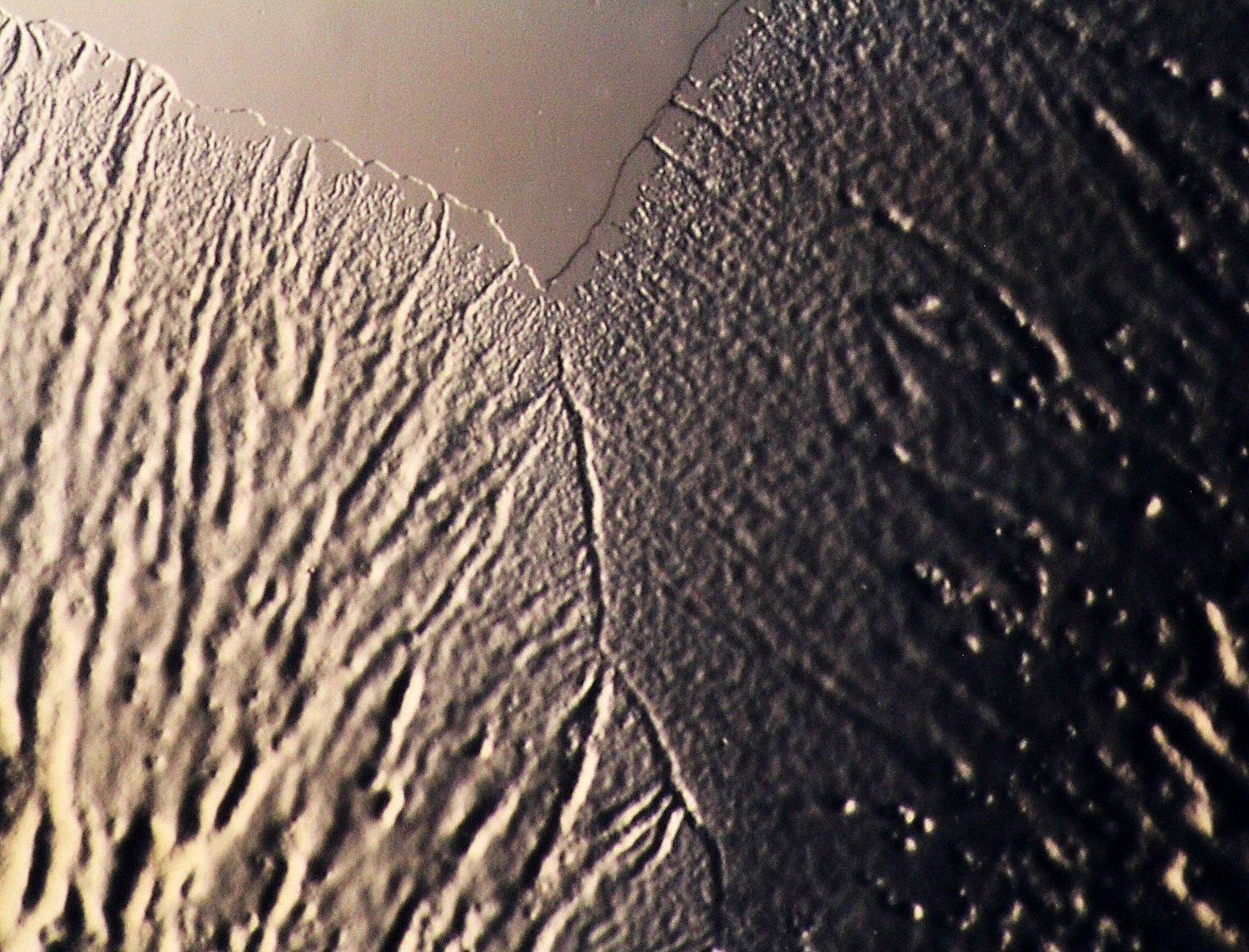Safety first
This is also precisely the reason why bacteria join together in groups. We have a whole collection of them in our intestines, and bacterial biofilms, a bacterial layer on, for example, our teeth, are a good example of a bacterial community.
Benefiting from differences
In a recent study, the formation of these communities has been mapped out: they can consist of multiple types of microbes that benefit from each other. Each type has its own metabolism, and the by-products of one type are the food for another type. In this way, a community strengthens itself and works together instead of competing.
Looking to the future
The researchers focused on Bacillus subtilis, a well-known inhabitant of the human intestine. They discovered that the bacteria in these communities even leave nutrients for future generations.
Strength in unity
By combining microscopy with gene expression analyses and metabolite analyses, they found that in one community, three regions can be identified: the front, the intermediate region, and the center. Bacteria in each region look slightly different and behave differently. But it also turns out that they feed each other: the cells at the front consume the substance malate and excrete pyruvate. When the community grows, new cells appear in the same place where the pyruvate was left behind by the previous generation of bacteria. These new cells then consume this pyruvate as they move over the same spot in their growing community.
The three regions in a community each have their own function. For example, the front is responsible for expansion, and in the center, strands of cells are formed that together create a biofilm. However, in each region, there is a mix of cells. As a community, it is wise to capitalize on individual differences and use them to complement each other. After all, together you are stronger!
Autor: Noa Hudepol
Image: Jennifer Struikenkamp

